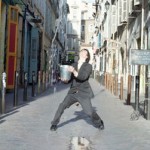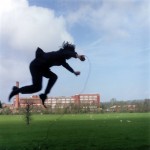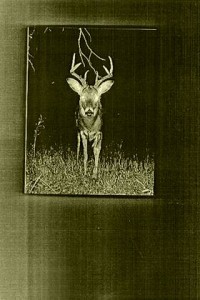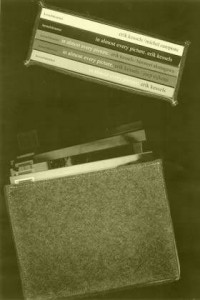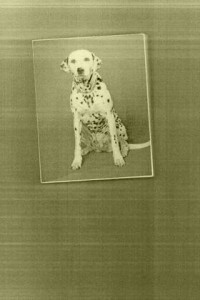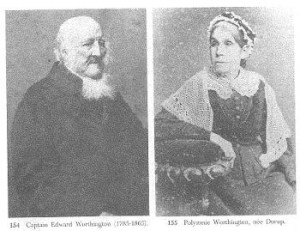Tom Pope is the Photographer in residence 2015 at the Jersey Archive. Pope was asked to do a masters in photography in the Royal Academy of Art, after graduating from his first University at Swansea Metropolitan University where he studied Photography in the Arts.
http://www.tompope.co.uk/index.html
http://www.archisle.org.je/tom-pope-appointed-archisle-international-photographer-in-residence-2015/
Pope is an experienced photographer and has won many awards over the years, such as;
2013: Public Arts Grant, Royal Borough of Kensington and Chelsea
Tempting Failure Bursary recipient
2011
Deutsche Bank Award Winner of the £10,000 Bursary
Prix Leica Photography Prize, Finalist
http://www.tompope.co.uk/timebound.html
2010
Photograph of the month, National Portrait Gallery London
2009
Bursary Winner, Royal West of England Academy
Sir Leslie Joseph Young Artist Award, Shortlisted
Below are some of Tom Pope’s recorded performances which are displayed on his official website;
http://www.tompope.co.uk/films.html


